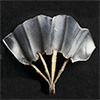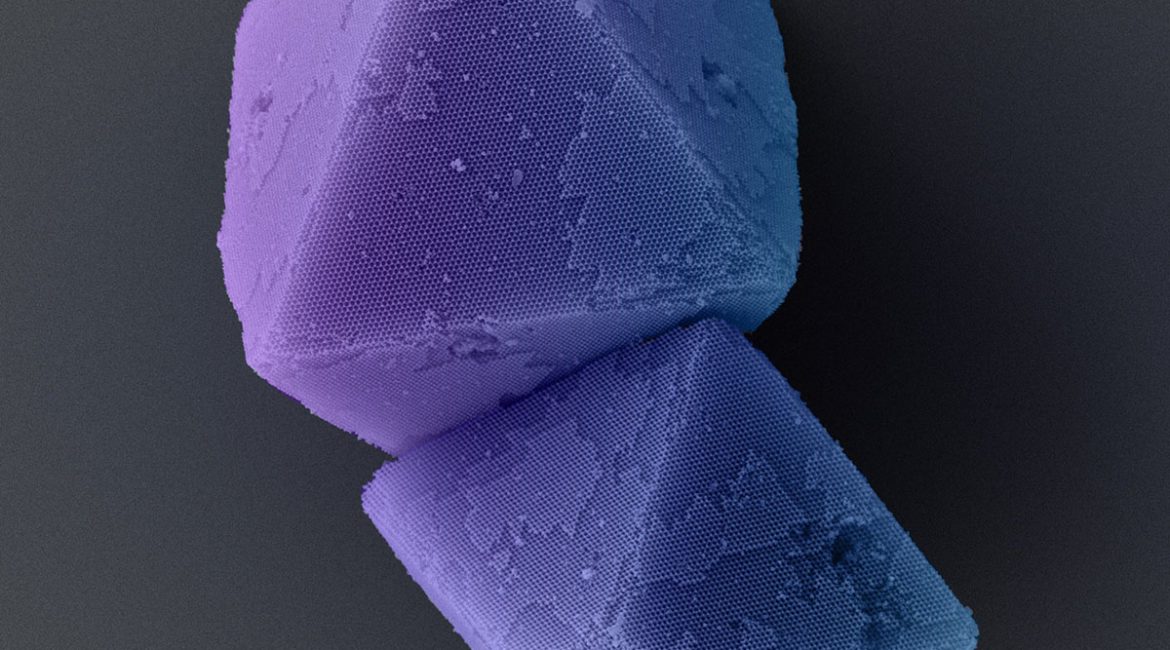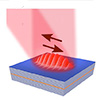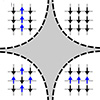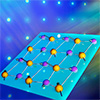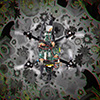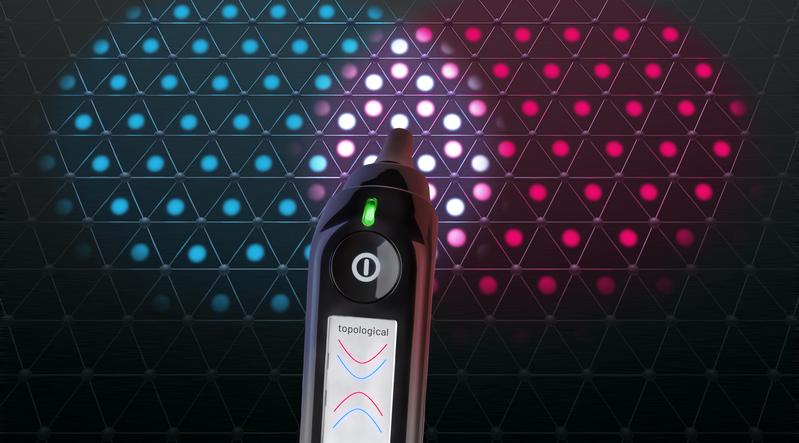May 17, 2024 (Nanowerk Spotlight) Soft robotics has emerged as a promising field, with the potential to revolutionize areas such as prosthetics, wearable devices, and human-machine interaction. Unlike traditional rigid robots, soft robots are made from highly compliant materials that can safely interact with delicate objects and adapt to complex...
a play of colors with artificial DNA crystals
May 17, 2024 (Nanowerk News) The shimmering of butterfly wings in bright colors does not emerge from pigments. Rather, it is photonic crystals that are responsible for the play of colors. Their periodic nanostructure allows light at certain wavelengths to pass through while reflecting other wavelengths. This causes the wing...
Scientists create an ‘optical conveyor belt’ for quasiparticles
May 17, 2024 (Nanowerk News) Using interference between two lasers, a research group led by scientists from RIKEN and NTT Research have created an ‘optical conveyor belt’ that can move polaritons – a type of light-matter hybrid particle – in semiconductor-based microcavities. This work could lead to the development of...
Artificial intelligence calculates phase diagrams
May 16, 2024 (Nanowerk News) Researchers at the University of Basel have developed a new method for calculating phase diagrams of physical systems that works similarly to ChatGPT. This artificial intelligence could even automate scientific experiments in the future. A year and a half ago, ChatGPT was released, and ever...
Magnetism in a common material for microelectronics
May 16, 2024 (Nanowerk News) Nickel monosilicide (NiSi) is widely used to connect transistors in semiconductor circuits. Theoretical calculations incorrectly predicted that NiSi was not magnetic. As a result, researchers never fully explored magnetism in NiSi. Recently, scientists used neutron scattering to identify an elusive form of magnetic order in...
Animal brain inspired AI game changer for autonomous robots
May 16, 2024 (Nanowerk News) A team of researchers at Delft University of Technology has developed a drone that flies autonomously using neuromorphic image processing and control based on the workings of animal brains. Animal brains use less data and energy compared to current deep neural networks running on GPUs...
Breakthrough technique rapidly identifies topological 2D materials
May 16, 2024 (Nanowerk News) Topological quantum materials are hailed as a cornerstone of future technological advancements. Yet, validating their exceptional qualities has always been a lengthy business. However, researchers at the Cluster of Excellence ct.qmat have now developed an experimental technique that systematically identifies two-dimensional topological materials through a...
Nanobubble research to improve green hydrogen production
May 16, 2024 (Nanowerk News) In a novel study (PNAS, "Threshold Current Density for Diffusion-controlled Stability of Surface Electrolytic Nanobubbles"), researchers of the University of Twente have made significant strides in understanding the behaviour of micro- and nanobubbles on electrodes during water electrolysis. This process is crucial for (green) hydrogen...
Low-temperature pulse irradiation technique enables flexible optoelectronic devices
May 16, 2024 (Nanowerk News) The synthesis of metallic inorganic compound thin films typically requires high-temperature processes, which hampers their applications on flexible substrates. A research team at City University of Hong Kong (CityUHK) developed a pulse irradiation technique that synthesizes a variety of thin films in an extremely short...
Gene therapy relieves back pain, repairs damaged disc in mice
May 16, 2024 (Nanowerk News) Disc-related back pain may one day meet its therapeutic match: gene therapy delivered by naturally derived nanocarriers that, a new study shows, repairs damaged discs in the spine and lowers pain symptoms in mice. Scientists engineered nanocarriers using mouse connective-tissue cells called fibroblasts as a...

